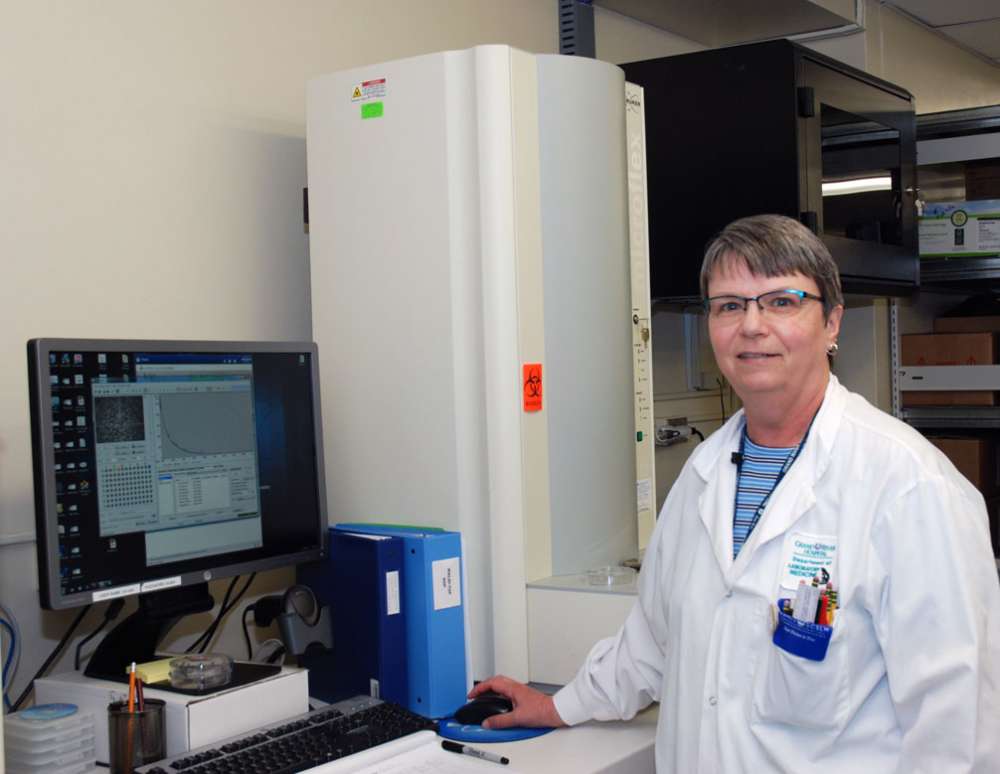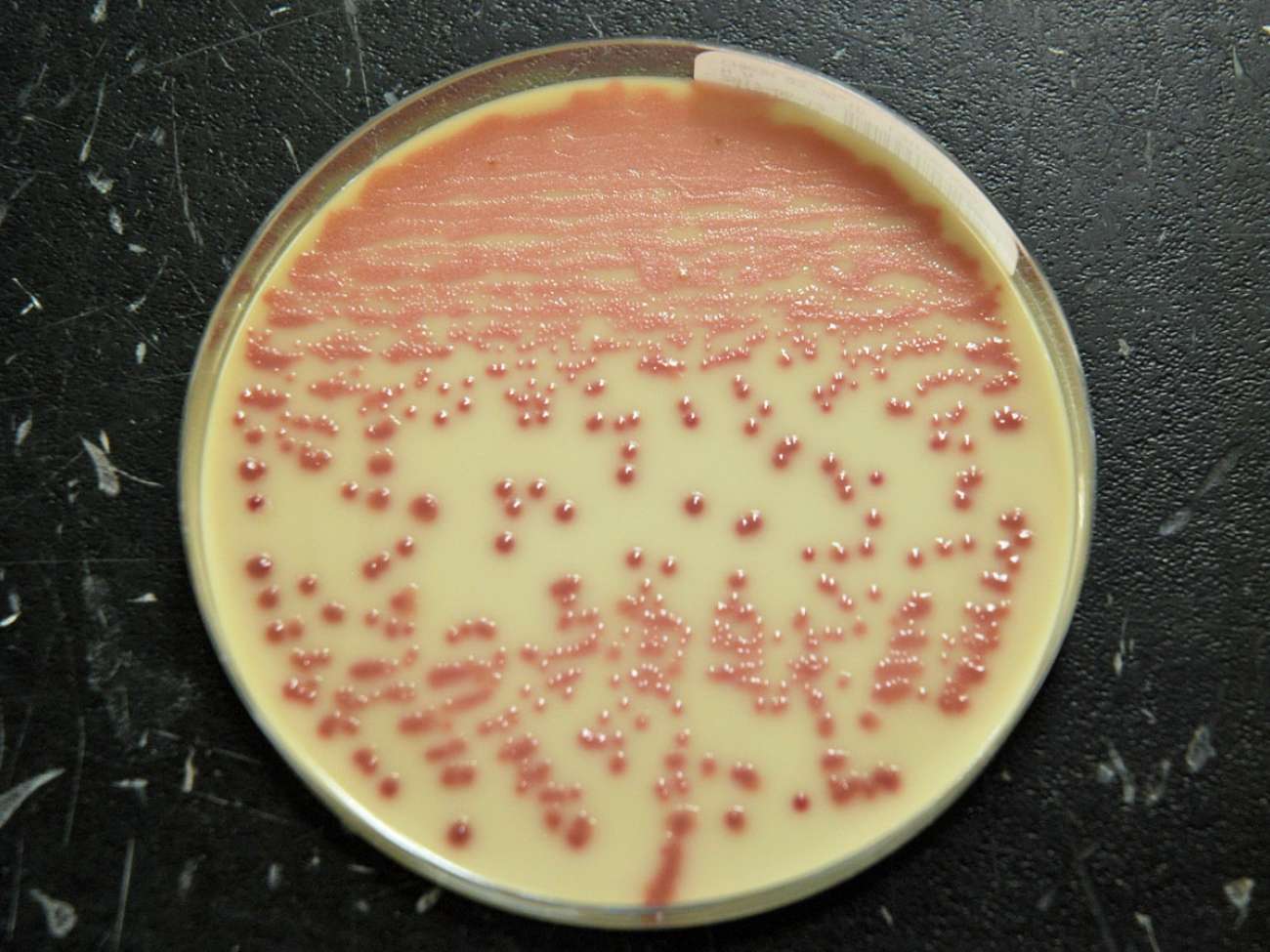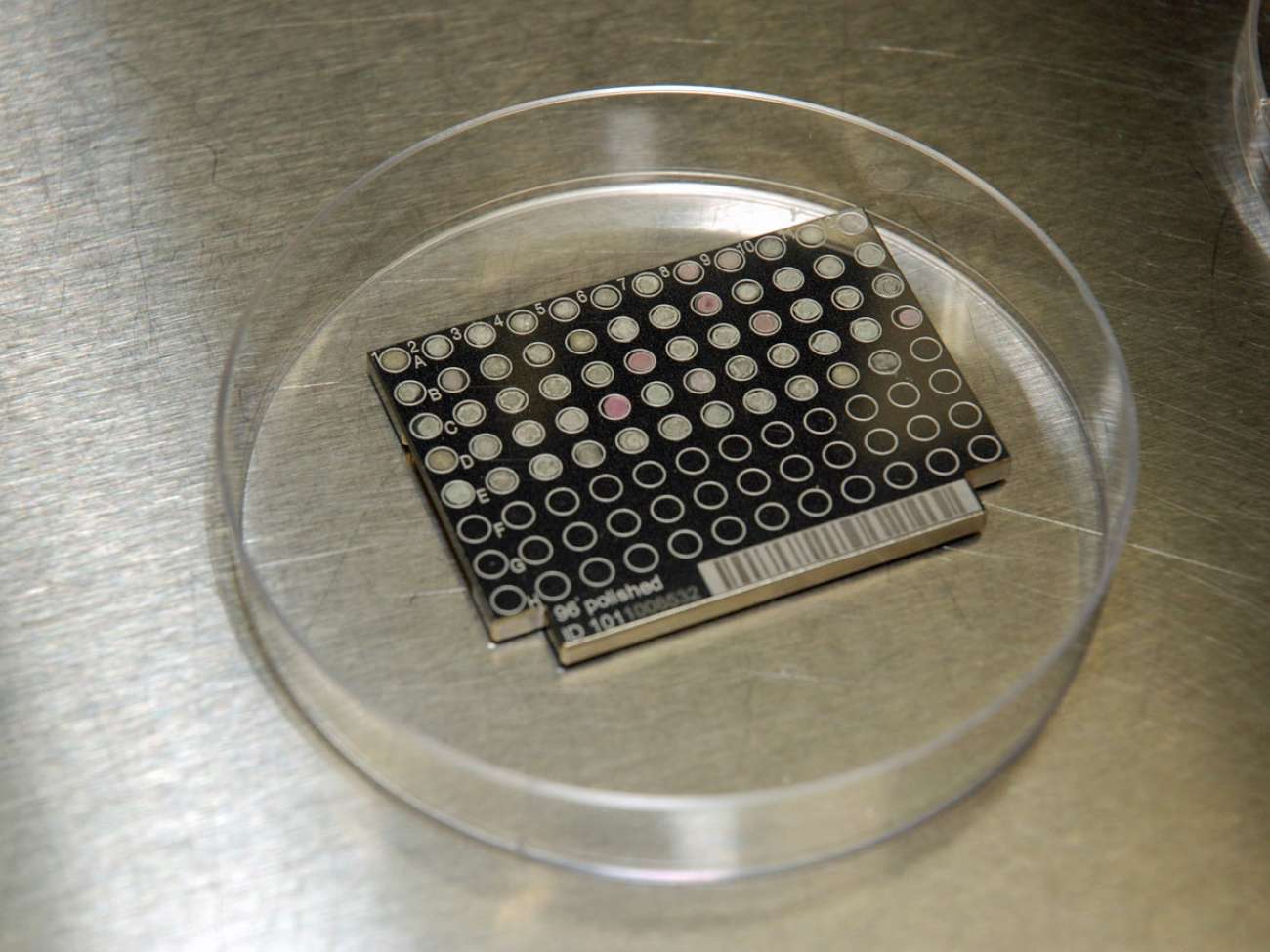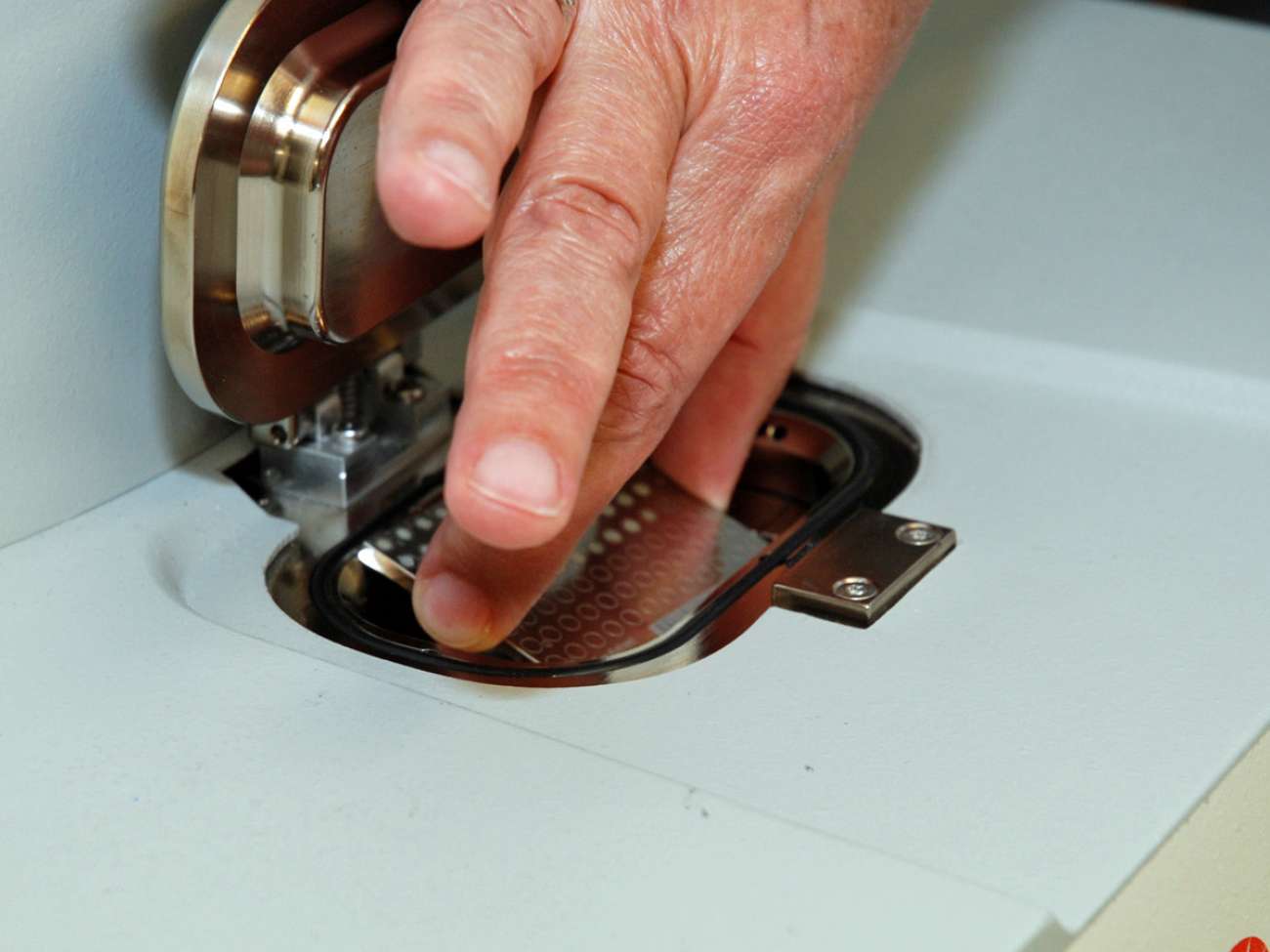
WRHN senior lab technologist Carol Ellis calls it amazing technology, and the one instrument she would never give up.
WRHN is using a bio-typer that helps cut identification times of various pathogens from days to just minutes in some cases… helping inform care providers’ decisions faster.
It’s part of WRHN’s microbiology lab, which tests nearly 165,000 specimens every year for care in the hospital and the community.
Carol took some time to describe this new device, and how it works.
---
What’s the equipment called?
The new piece of equipment is a Bruker Biotyper. It identifies bacteria, yeast and fungi using a process called MALDI-TOF (matrix-assisted laser desorption ionization time of flight).
Basically the organism is applied to a target plate. Matrix, or an organic solvent solution, is applied to the bacteria… which extracts proteins from the organism.
A laser then irradiates the matrix/sample mixture creating protein ions. This electric charge allows the proteins to travel up the flight tube to the detector.
The time of flight up the tube by the various ions is calculated into a molecular mass. This molecular mass is compared to known molecular masses within the database to determine the organism’s identification.
How did testing and analysis take place prior to this equipment’s arrival?
Prior to its use, bacteria were identified using a variety of methods: the size, shape and colour of the bacteria, the atmosphere it likes to grow in (with or without air), biochemical tests and enzymatic reactions. Identifications could take a day or more depending on the organism.
How much time is saved using this equipment rather than identifying a pathogen via standard means?
The majority of organisms we isolate from patient specimens take 24 to 48 hours to grow on a culture plate. Prior to the implementation of the biotyper identification of organisms would take an additional 24 hours or more.
The biotyper can determine the identification the same day – no further incubation is required. It takes 10 to 15 minutes to identify organisms on the biotyper. MALDI-TOF has significantly reduced the turn-around-time for organism identification by days.
We have also taken this one step further with positive blood cultures. Once a bottle is flagged as positive, the specimen is grown on a culture plate for four hours and then ran on the biotyper. An identification is now available the same day, compared to 48 hours or more to full identification with our previous method.
How many organisms can this unit identify every day?
Typically we run 60 to 70 organisms throughout a day, so about 25,000 tests a year.
What other advantages has the new equipment provided?
By providing a physician with an identification of a pathogen earlier, it allows them to select a more appropriate regimen of treatment, such as a more appropriate antibiotic when necessary.
Also the number of organisms we send out to a reference (or an outside) laboratory has been reduced. The bio-typer can identify many more pathogens than we could have before.






